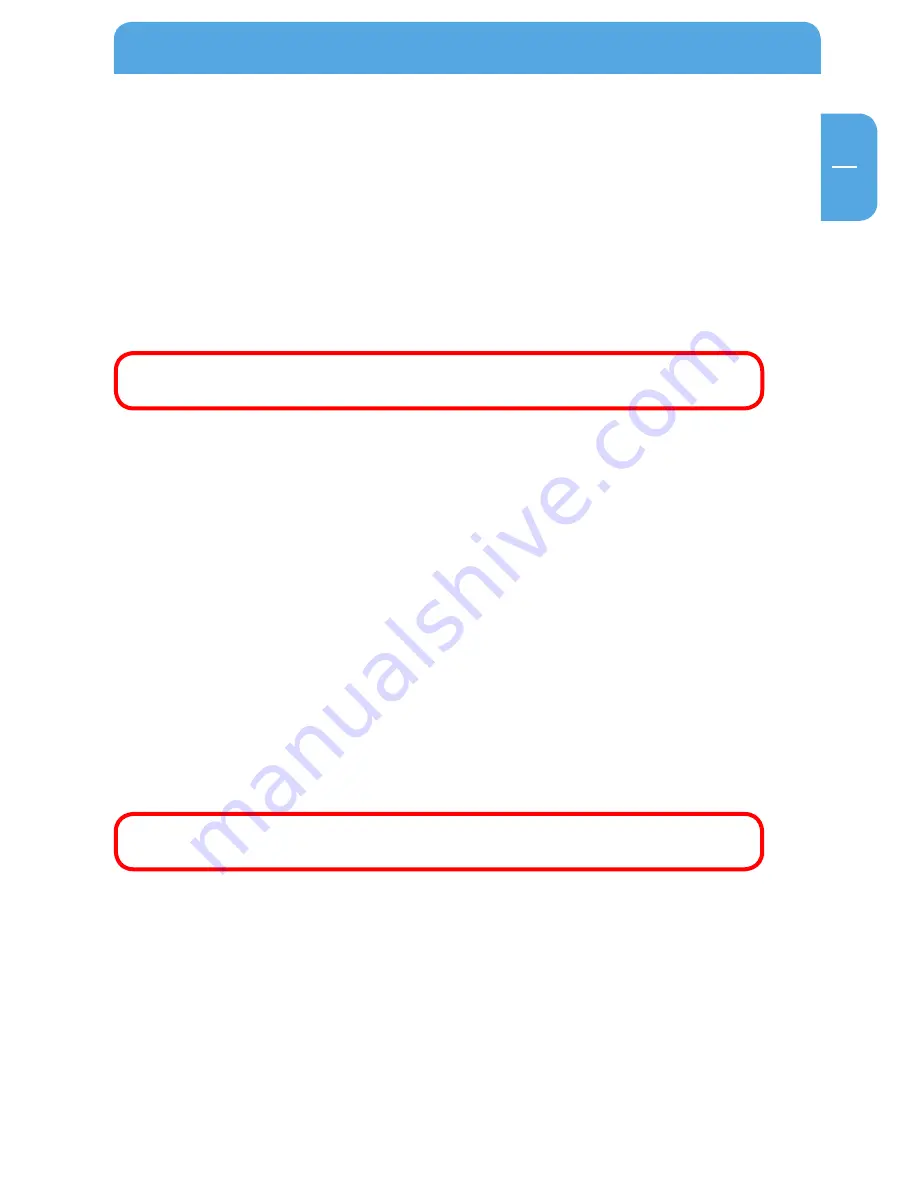
1
GB
5
Data Tank Gateway in everyday use
Chapter 5: Data Tank Gateway in everyday use
5.1 WAN or internet connection setup
Next to using the Data Tank Gateway as a standalone router and NAS and connecting com-
puters and switches and routers to the LAN ports, there is also the option of connecting the
Data Tank Gateway WAN port to an existing router or straight to an internet modem.
5.1.1 Using the Data Tank Gateway behind a router
Note: When initially configuring the Data Tank Gateway, your computer
needs to be connected to one of the LAN ports on this device.
Connecting the hardware
1. Connect a RJ45 cable to a LAN port on your router.
2. Plug the other end of the cable into the WAN port on the Freecom Data Tank Gateway.
3. Once the Data Tank Gateway is configured, you can connect the network PC to the
Data Tank Gateway or your router.
Using a fixed IP address Preparation
1. Check the 'DHCP' box under TCP/IP Settings in your computer's network settings. For
more details, refer to Appendix B in this manual.
2. Connect your PC to the Data Tank Gateway.
3. Open the Internet browser and start the Configuration menu for the Data Tank Gateway
(factory defaults: http://DataTank or. http://192.168.1.1).
4. Open 'Connections' -> LAN' and select an IP address for the Data Tank Gateway.
To prevent conflicting IP addresses in your network, make sure the LAN
IPs for your Data Tank Gateway and router are different.
5. Open 'Connection' -> 'WAN' and select 'Use fixed IP address'.
Use the following settings:
IP address
Enter an IP address that lies within the your router's ad-
dress range; if the router's IP address is 192.168.2.1, enter
192.168.2.100 for your Data Tank Gateway.
This IP address allows you to access to the Data Tank Gate-
way from anywhere in your local network.






























